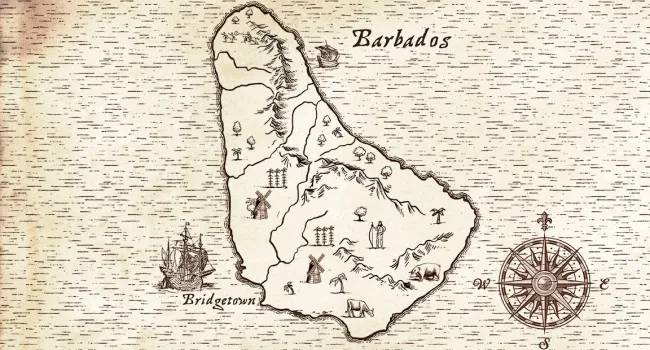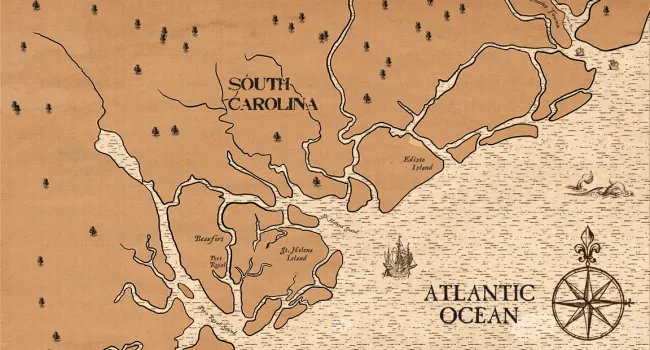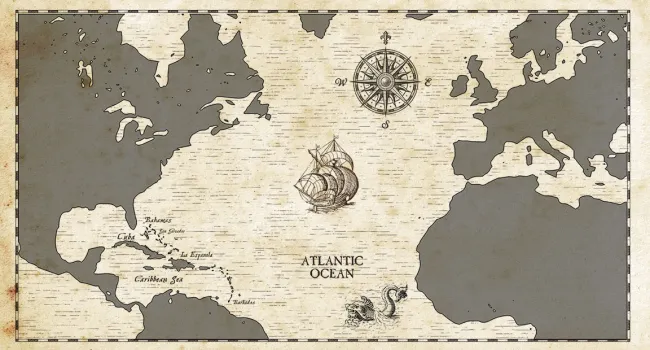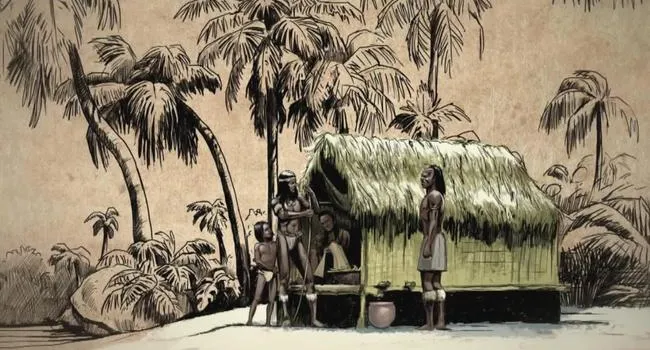A Cultural Hearth
The success of Barbados, Carolina, America, the New World for that matter is coterminous with slavery. The labor, the technology, the ingenuity, and the culture that supported this global economy is attributable to the enslavement of African people. Within this society is also the undeniable progeny of the slaves and the slave masters. In 1833, slavery was abolished in all British territories, over 30 years prior the United States. The Consolidated Slave Law, which granted freedom to the Barbadian labor force was enacted after a series of violent slave uprisings throughout the Caribbean.The bloodiest of these revolts takes place in Barbados in 1816. The newly freed slaves go to work in other areas of the island; even some movement from rural to more urban areas. It is after the Barbadian slaves are freed where homes known as "Chattel Houses" got their origin.
Standards
- 4.1.E Analyze multiple perspectives on the economic, political, and social developments of British North America and South Carolina.
- 6.3.CO Compare European motivations for exploration and settlement.
- This indicator was developed to encourage inquiry into European motivations for exploration and settlement as a result of the closing of the Silk Road. This indicator was also written to foster inquiry into the development of the Atlantic World, and the resulting economic, political, and social transformations in European, American, and African societies.
- 8.1.CE Analyze the factors that contributed to the development of South Carolina’s economic system and the subsequent impacts on different populations within the colony.
- This indicator was designed to encourage inquiry into the geographic and human factors that contributed to the development of South Carolina’s economic system. This indicator was also written to encourage inquiry into South Carolina’s distinct social and economic system as influenced by British Barbados.
- 8.1.P Summarize major events in the development of South Carolina which impacted the economic, political, and social structure of the colony.
- This indicator was designed to encourage inquiry into the development of South Carolina as a result of mercantilist policies, which ranged from the Navigation Acts to trade with Native Americans to the use of enslaved people as labor. This indicator was designed to promote inquiry into agricultural development, using the rice-growing knowledge of the enslaved West Africans.
- 8.1.E Utilize a variety of primary and secondary sources to examine multiple perspectives and influences of the economic, political, and social effects of South Carolina’s settlement and colonization on the development of various forms of government across the colonies.
- HG.3.4.HS Investigate and evaluate the cultural conditions in different regions that play a role in cooperation and conflict over time.
Resources
You need to be logged in to listen to view this content. Create an account now; it's quick, easy, and free!
Log In to View


















